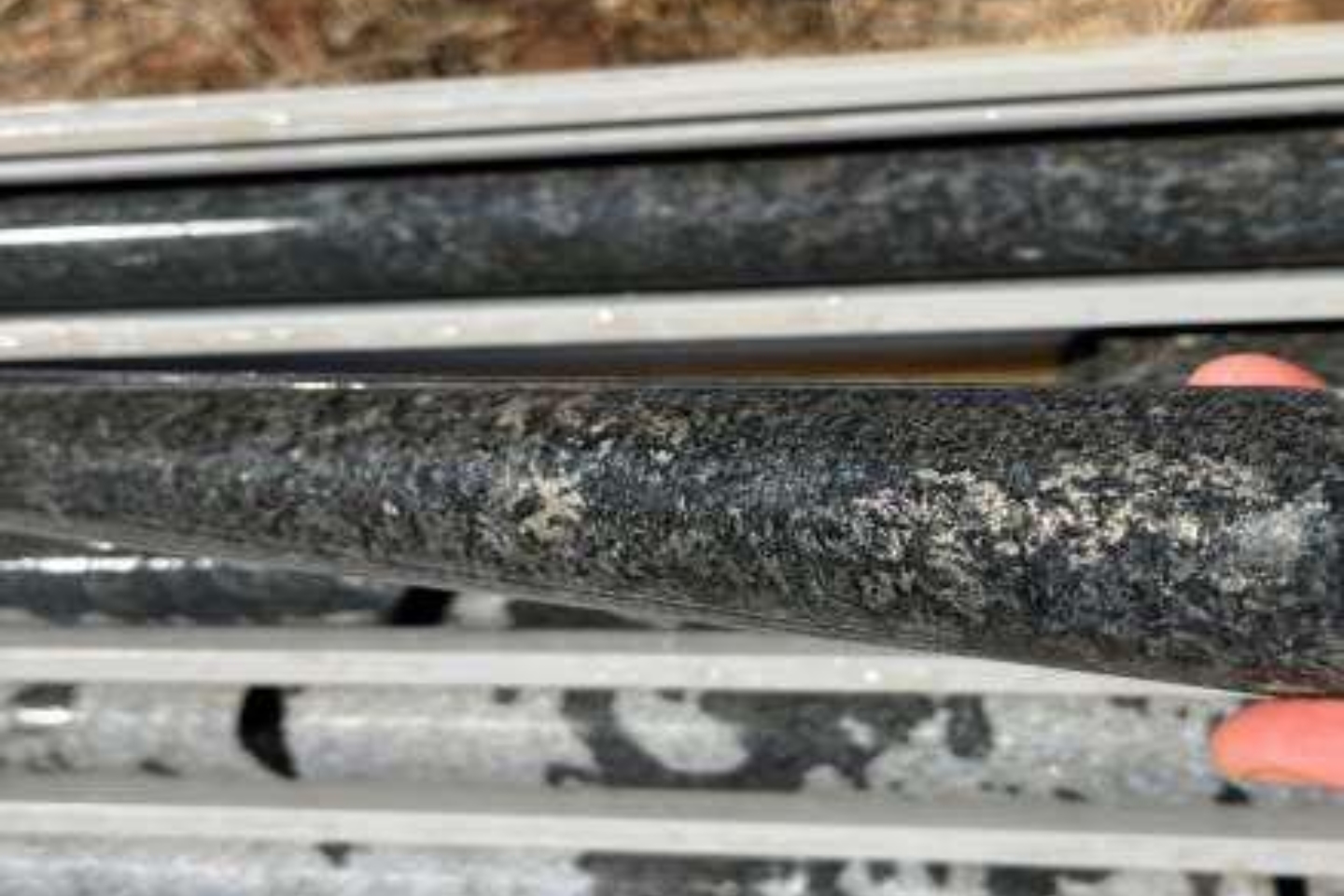Lycaon Resources is nearing heritage survey completion at its West Arunta Stansmore project as it prepares for drill-testing of its modelled 3D magnetic targets for carbonatite-hosted niobium-copper-gold mineralisation. WA1 Resources’ tier-one Luni discovery that sits 90km to the south and has a drill intercept of 30m at 4.7 per cent niobium oxide, highlights the world-class discovery potential of the West Arunta region of central Australia.

Lycaon Resources is nearing heritage survey completion at its West Arunta Stansmore project as it prepares for drill-testing of its modelled 3D magnetic targets for carbonatite-hosted niobium-copper-gold mineralisation.
WA1 Resources’ tier-one Luni discovery that sits 90km to the south and has a drill intercept of 30m at 4.7 per cent niobium oxide, highlights the world-class discovery potential of the West Arunta region of central Australia.
Lycaon controls two exploration licences stretching more than 173 square kilometres in West Arunta, with the Stansmore project confined to a small, two cadastral block licence centred on a 700m-long magnetic anomaly. Previous shallow air-core (AC) drilling in 1982 by BHP Minerals noted 5m to 10m sand cover over the project area.
Southern Geoscience Consultants (SGS) completed a 3D inversion of publicly-available magnetic data and defined a 700m north-south-oriented, kidney-shaped, moderately magnetic source that plunges to the south-west between 45 and 60 degrees. A four-drillhole program aims to test the centre of the Stansmore magnetic anomaly along two sections spaced 100m apart to a vertical depth of 400m.
Additional magnetic target prospects within the company’s bigger licence –located north-west and south-east of Stansmore – include Volt and Ions and Edi, Earl and Menlo, respectively.
At the Volt and Ions magnetic anomalies, 3D inversion modelling by SGC highlights the sources as having low-to-moderate magnetic susceptibility. Two drill holes are proposed to test the Volt prospect to 400m, while management plans to plunge a single drill hole into the Ion prospect to 300m below surface.
Lycaon Resources technical director Tom Langley said, “The West Arunta is one of the last frontiers for major critical mineral and copper-gold (IOCG) discoveries in Australia. The identification of Niobium and Rare Earth mineralisation associated with carbonatite intrusions by WA1 Resources and Encounter Resources nearby in their first ever drill program signifies the extremely prospective and underexplored nature of the West Arunta.”
The key drivers in the formation of carbonatite-hosted rare earths and iron oxide-copper-gold (IOCG) deposits are alkaline magmatic systems and the Arunta region – and indeed Proterozoic terrains Australia-wide – are currently a focus for renewed exploration interest for critical minerals (including niobium), copper and gold.
Lycaon finalised land access agreements with the Parna Ngururrpa traditional owners late last year and current heritage surveys should be completed imminently for drilling to begin in the next quarter.
The company is using well-known and proven targeting of discrete magnetic-high anomalies in the search for rare earths and copper and gold mineralisation in the West Arunta region. The recent mineralised carbonatite-hosted discoveries nearby by WA1 and Encounter Resources should give the company confidence it may soon itself grab an elephant by the tail.
Is your ASX-listed company doing something interesting? Contact: matt.birney@businessnews.com.au














